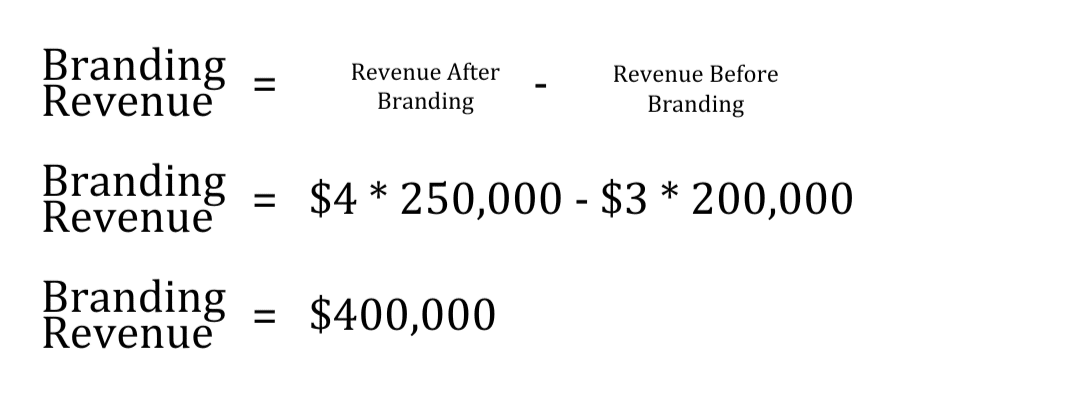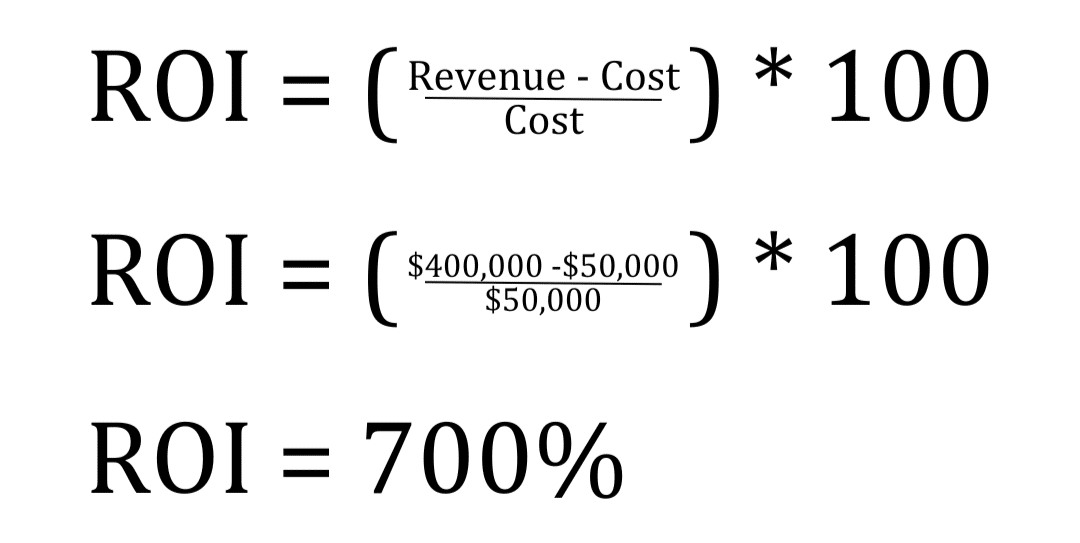In the journey of measuring marketing effectiveness for small businesses, we’ve explored the realms of Return on Investment (ROI) and the strategic interplay between Lifetime Revenue and Customer Acquisition Cost. Now, let’s delve into the intricate world of branding—a crucial element that goes beyond immediate revenue figures and leaves an enduring mark on a business’s identity and perceived value.
The Power of Branding
Think about Coca Cola. It’s not just sugar water; it’s an iconic brand that can charge double the price of a store-brand cola. Or consider Delta Airlines—they have a logo but can’t command a premium and often compete on price and convenience rather than brand recognition.
The power of branding lies in the difference between what you can charge as a commodity versus what you can charge because customers perceive you as more valuable than a commodity.
For small businesses, branding extends beyond logos and slogans. It encompasses every touchpoint with customers, from physical signage and online presence to the appearance of your team and the content on your website.
Elements of Small Business Branding
Physical Signage:
- Invest in clear and attractive signage for your storefronts, trucks, or any physical presence you have. This creates a lasting visual impression on potential customers.
Online Presence:
- Optimize your organic Google rankings, maintain an informative website, and actively engage with your audience on social media platforms. Consistency across online channels builds trust and reinforces your brand.
Content Creation:
- Regularly publish blog posts relevant to your industry. Share your expertise and provide valuable information to your audience. This not only establishes authority but also contributes to your brand narrative.
Uniforms and Appearance Standards:
- The way your team presents itself speaks volumes about your brand. Uniforms and appearance standards contribute to a professional and cohesive brand image.
Social Media:
- Leverage social media to humanize your brand. Share behind-the-scenes glimpses, customer testimonials, and relevant industry updates. Engaging content builds a connection with your audience.
Small Business Branding and Customer Sensitivity
It’s essential to understand that the impact of branding varies across different customer segments. For example, business clients might be less price-sensitive, allowing for more emphasis on added value and brand reputation. On the other hand, individual consumers might prioritize price and convenience, making branding a secondary consideration.
Measuring the Impact of Branding
In our last two articles, we explored the ROI of direct marketing efforts. These were fairly easy to measure and determine if they were worth our investment. But measuring the effectiveness of branding is inherently challenging. It’s an investment in the long-term perception of your business, and its impact often extends beyond immediate financial returns.
Brand Value
One way to gauge the effectiveness of branding is by considering the brand value of your product or service. This is the difference between what you can charge versus what a similar unbranded product or service can charge.
Brand value = (Price with Branding−Price without Branding)
Consider a scenario where an unbranded product might sell for $100, but due to strong branding, you can sell a similar product for $150. The branding value in this case would be 50% and an ROI might attempt to capture some sort of total revenue in excess of commodity revenue divided by the amount spent on branding.
But how long of a period would you include for your cost of branding? After all, some companies like Coca Cola started branding a century ago and even relatively new companies may have a decade of marketing spend. That’s one of the biggest challenges that companies small and large face. Here are a few metrics that you can measure to determine if your marketing dollars spent towards branding are effective.
Customer Loyalty and Repeat Business
A strong brand often translates into customer loyalty. Track repeat business and customer retention rates. If customers are returning because of your brand, it’s a sign that your branding efforts are resonating.
Brand Perception Surveys
Conducting surveys among your target audience can provide insights into how your brand is perceived. Ask questions about brand attributes, values, and associations to gauge the effectiveness of your branding efforts.
Social Media Engagement
Monitor engagement metrics on social media platforms. Likes, shares, and comments reflect the level of connection your audience feels with your brand. High engagement suggests a strong and positive brand impact. Be careful as some marketing firms tend to focus on this metric, because these types of metrics can be easy to pay for but not that effective at driving brand. But for some companies, like fashion brands, this can be a very effective metric.
Case Study: A Local Café’s Branding Journey
Let’s consider a local café that decided to invest in branding. They redesigned their logo, revamped their online presence, and trained their staff to embody the brand’s values of warmth and community. Over the next year, they observed an increase in customer loyalty and positive online reviews. Between hiring a design firm, hiring a marketing firm, and training their staff, the owner spent $50,000 on his branding efforts.
Branding ROI
Before the rebrand, the café could charge $3 for a cup of coffee. Post-rebrand, they increased the price to $4, and customers willingly paid the premium due to the enhanced brand experience. They also increased their total purchases from 200,000 cups of coffee to 250,000 cups of coffee.
To determine an ROI for the cafe’s branding efforts, we must first determine the additional revenue received as a result of the branding effort.
To calculate the ROI, we use the same formula as we used in our previous articles for direct marketing. The branding ROI in this case would be:
A 700% ROI in this case would be a very effective marketing campaign. Of course this is a very simple hypothetical example. In the real world, attributing revenue to a particular branding campaign vs other marketing efforts or unrelated factors like a new gym opening up next to the cafe can be very difficult.
On the other hand, branding efforts can last much longer than the time period measured. Even though we calculated the benefits and costs for one year, the price increase and the additional foot traffic may well hold for years to come increase the ROI of our branding campaign.
Conclusion: The Art and Science of Branding
While ROI and financial metrics provide a clear numerical picture, branding introduces an element of art to the science of marketing. It’s an investment in perception, emotion, and long-term customer relationships. Small businesses should approach branding as a strategic asset, understanding that its impact may not manifest in immediate revenue but holds the potential for sustained growth and customer loyalty.
In our exploration of measuring marketing effectiveness for small businesses, we’ve measured ROI in several different ways and delved into the nuanced world of branding. Each element contributes to a comprehensive understanding of a business’s marketing impact. By navigating this landscape, businesses can make informed decisions, optimize their marketing strategies, and build a resilient brand that stands the test of time.





